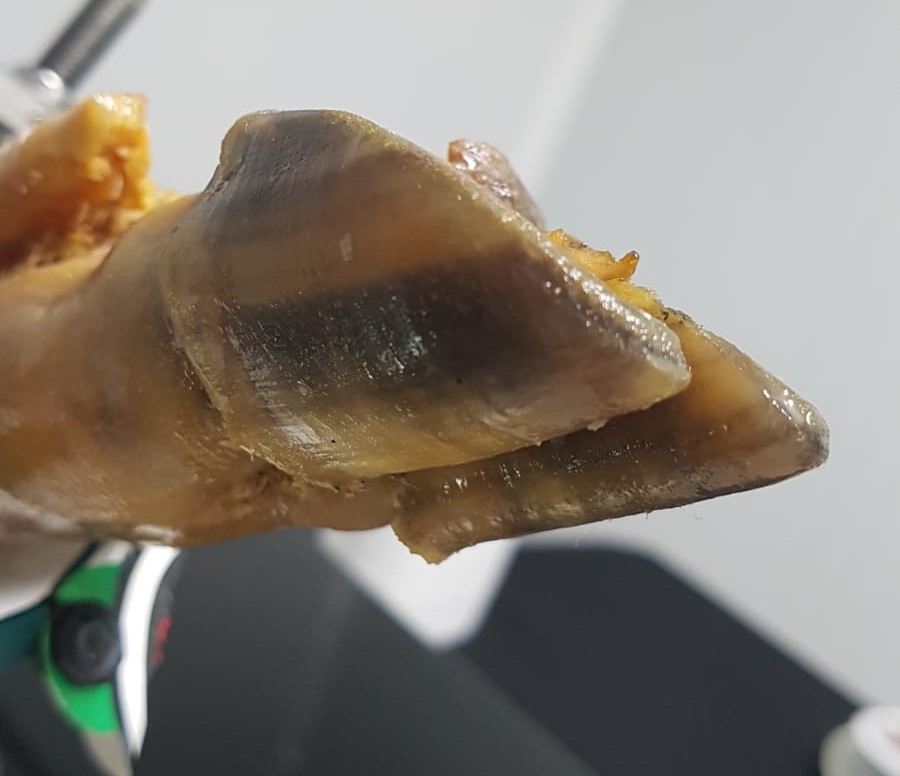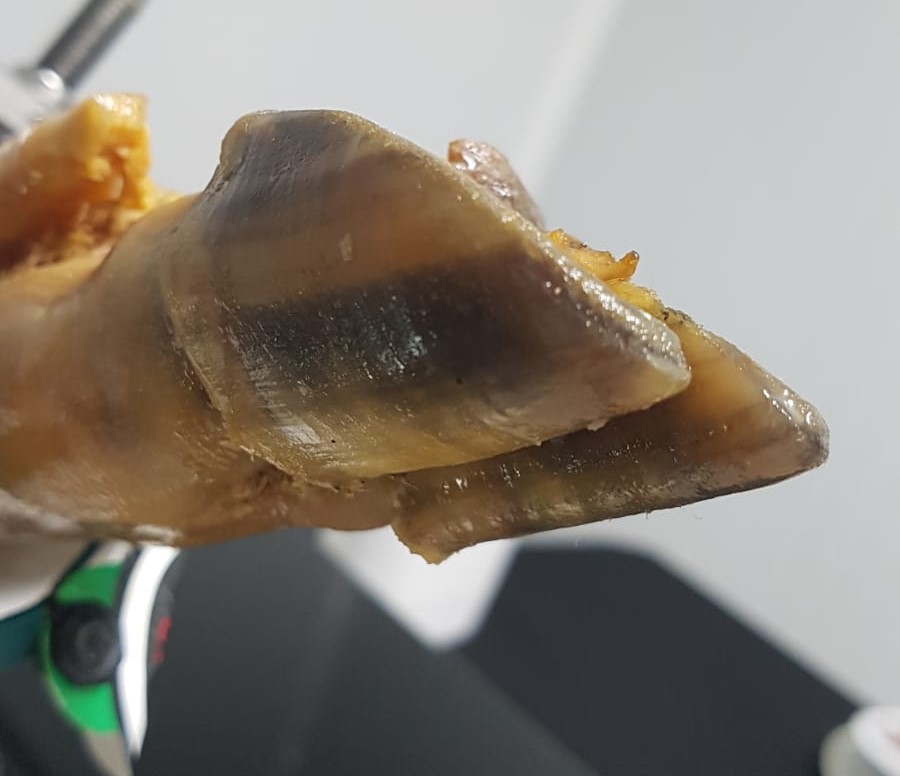
Although most people in Spain consider ham to be a symbol of our cuisine, and despite the fact that many of us have grown up with a leg of ham in the larder (and some of us grew up with hundreds of them…), we are talking about a product that is surrounded by many myths that have spread throughout our popular culture.
Using this blog, we want to dispel a few of these myths in an attempt to improve general knowledge on this wonderful product and clarify a few issues when it comes to picking one ham over another.
Let’s start this myths section by looking at one of the most popular beliefs that causes great confusion among consumers: any ham with a black hoof is Iberian.
“All about the pata negra….”
For a long time, the “pata negra” (black hoof) was associated with what we now call acorn-fed 100% Iberian ham (bearing the black seal according to the current Iberian standard). This means that, according to popular culture, all ham that had a black hoof came from an Iberian pig that was fed exclusively on acorns (we dispelled this myth in another post). So, many people asked for ham when they saw the black hoof without realising that they were having the wool pulled over their eyes or, in this case, getting crossed pigs or white pig directly presented as Iberian pig.
100% Duroc and Crossed Iberian
As we have mentioned on other occasions, all that glitters is not “black gold”. The Duroc pigs share this peculiarity with their distant cousins, the Iberians. This race, originating from the United States, emerged from crossing different races, possibly with Iberian pigs from a very dark-coloured lineage. Perhaps for that reason, or perhaps not, it so happens that 100% Duroc pigs have a black hoof. So, if we consider that most of the ham that we see labelled as Iberian comes from pigs crossed between an Iberian mother and a Duroc father, they probably all have a black hoof. And we say probably because, as you can see in the photo in this entry, some Iberian hams present total or partial depigmentation on their hooves. This is the case of lineages such as Torbiscal, Manchado de Jabugo or the Rubio Dorado line recently recovered by Dehesa de los Monteros.
Mangalica, the Hungarian “sheep” pig
The Mangalica is another example of spotting what might not be an Iberian pig when we see a black hoof. This Hungarian race, from the central Mediterranean area, just like the Iberian, was about to become extinct in the late 20th century. However, amazing work by Juan Vicente Olmos, Director General of the Montenevado Group, led him to recover this woolly animal in his search for fatty ham.
Pata negra; black seal
Although we are talking about high quality hams, that give us some fabulous pieces, we cannot legally call the Duroc, the Mangalica or the crossed Iberian “pata negra”. Only acorn-fed 100% Iberian ham can be given this commercial name according to the standard in force, regulated by RD 4/2014.
To sum up, although almost all Iberian hams have a black hoof, not all black-hoofed hams are Iberian. Look out for the seals corresponding to the standard, the PDO and the commercial names. Although, in our opinion, all ham is good by definition, we should stay well informed to be able to choose each type depending on our needs and our tastes, making use of all the information available.


